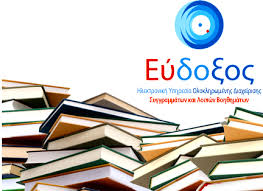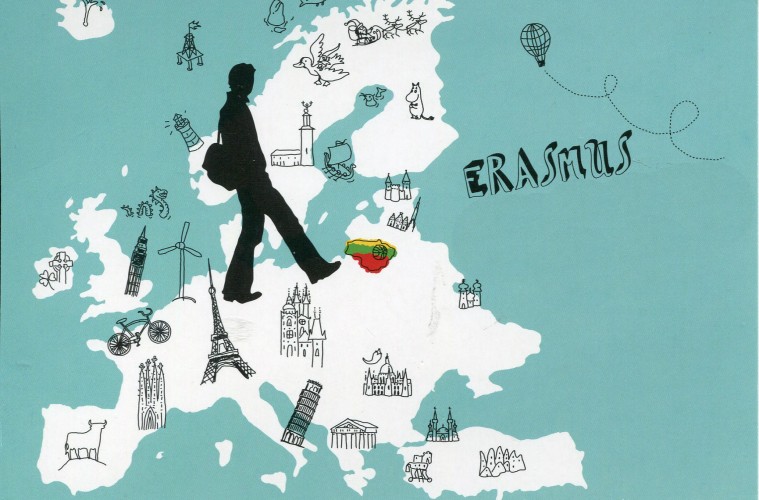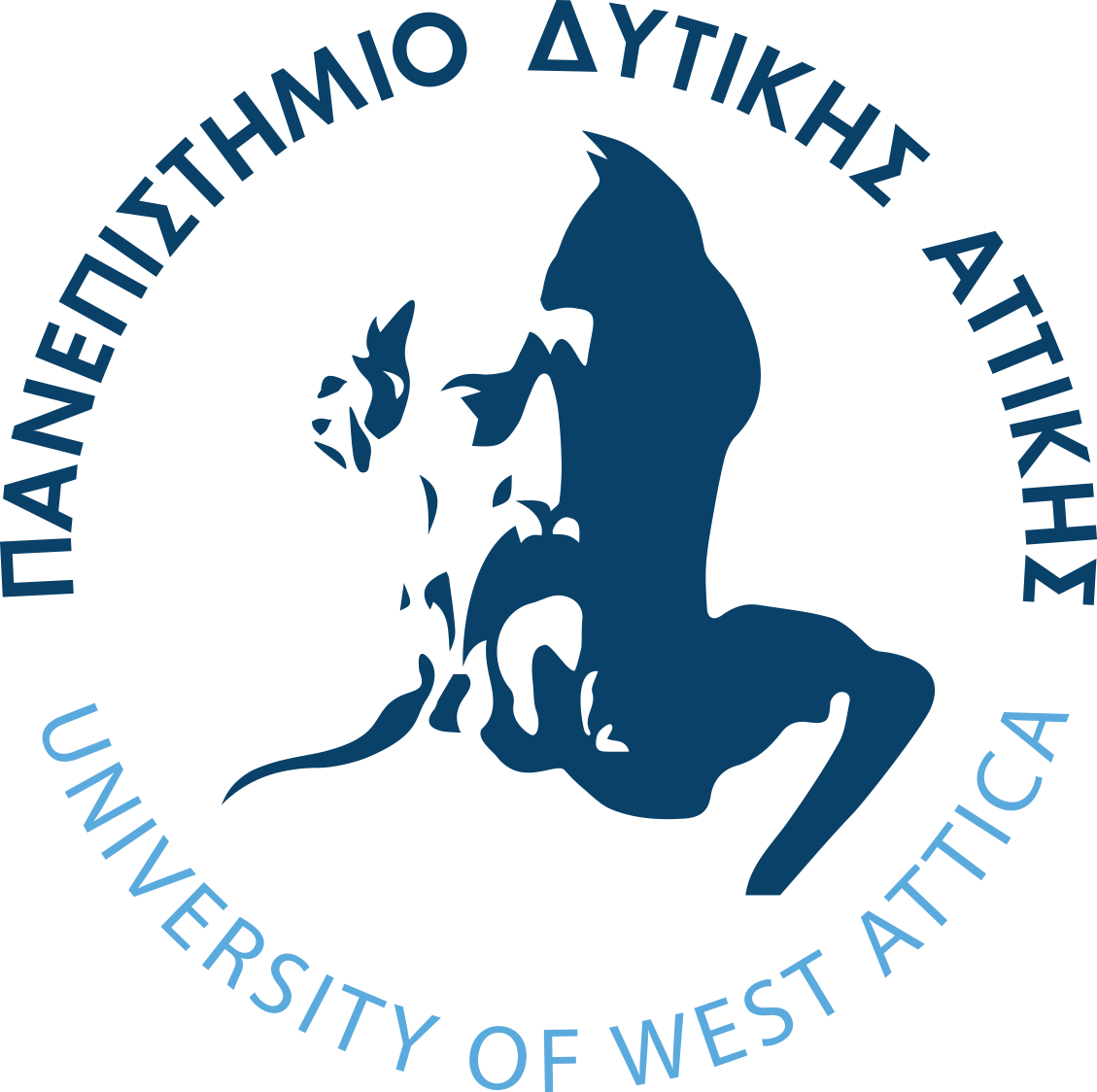5G networks offer a leap improvement in user experience that is mainly focused around the much higher channel throughput, spectrum efficiency, low latency, low energy consumption, and increased robustness and security. Despite their significant advantages, there still remain open issues regarding the “mode d’ emploi” of these networks. Communication links in mmWaves require clear line‐of‐sight (LΟS) while the specific wavelength (1‐10 mm) make them susceptible in weather conditions. On top of that, typical attenuation values of building materials are important but still not available, despite that they will determine the overall link budget from base station to the user and vice versa. At the same time, it is still an open issue whether and to which extent mmWaves antennas interact with the human body with most recent studies in the field being limited at lower frequencies (< 20 GHz). As such, the work during this Ph.D. research will focus in the following two areas: 1. Interaction between mmWaves antennas and the human body 2. Effect of building materials’ attenuation on mmWaves propagation. In this context there will be developed a prototype and modular measurements’ testbed, based on simulation results that will be extracted a priori and in parallel. Novel mmWaves antennas prototypes as well as a separate testbed for the characterization of materials with respect to their electrical properties will be also designed, developed, and included in the aforementioned testbed. It is noted that this research will be implemented in cooperation with the Institute of Informatics and Telecommunications of the NCSR “Demokritos”, where there is available relevant equipment and specialized measuring devices.
5G networks offer a leap improvement in user experience that is mainly focused around the much higher channel throughput, spectrum efficiency, low latency, low energy consumption, and increased robustness and security. Despite their significant advantages, there still remain open issues regarding the “mode d’ emploi” of these networks. Communication links in mmWaves require clear line‐of‐sight (LΟS) while the specific wavelength (1‐10 mm) make them susceptible in weather conditions. On top of that, typical attenuation values of building materials are important but still not available, despite that they will determine the overall link budget from base station to the user and vice versa. At the same time, it is still an open issue whether and to which extent mmWaves antennas interact with the human body with most recent studies in the field being limited at lower frequencies (< 20 GHz). As such, the work during this Ph.D. research will focus in the following two areas: 1. Interaction between mmWaves antennas and the human body 2. Effect of building materials’ attenuation on mmWaves propagation. In this context there will be developed a prototype and modular measurements’ testbed, based on simulation results that will be extracted a priori and in parallel. Novel mmWaves antennas prototypes as well as a separate testbed for the characterization of materials with respect to their electrical properties will be also designed, developed, and included in the aforementioned testbed. It is noted that this research will be implemented in cooperation with the Institute of Informatics and Telecommunications of the NCSR “Demokritos”, where there is available relevant equipment and specialized measuring devices.
The rapid development of technology and the increased use of information systems has led to the creation and collection of spatio-temporal data such as traffic, crime and seismic activity data. A characteristic of this type of data is that it includes patterns that are difficult to identify with conventional ways of analysis, in order to draw conclusions and predictions. On the contrary, it has been found that artificial intelligence tools, specifically deep learning, show satisfactory results, in terms of their ability to perceive high-level correlations in spatio-temporal historical data. In cases of prediction where the complexity and amount of primary spatio-temporal data is great, such as for example spatio-temporal crime prediction, traffic prediction, pandemic evolution prediction, and even human activity recognition, deep learning models show satisfactory accuracy in their results. Nevertheless, the effectiveness of these models depends, among other things, to a significant extent on their architecture as well as the structure of the data with which they are trained. Based on the above, the object of the proposed research is the development, testing and evaluation of deep learning algorithms on different sets of spatiotemporal data in order to create innovative tools for predicting spatiotemporal values. This will be achieved through:
(a) Critical overview of the current state of the art in applying deep learning techniques to spatiotemporal datasets.
(b) The design and development of new spatiotemporal deep learning tools for spatiotemporal prediction.
(c) Testing and evaluating the tools that will be developed.
Τα δίκτυα πέμπτης γενεάς παρέχουν στους χρήστες μια σημαντικά βελτιωμένη εμπειρία, με βασικά χαρακτηριστικά την υψηλή χωρητικότητα καναλιού, απόδοση φάσματος (spectrum efficiency), χαμηλή καθυστέρηση (low latency), χαμηλή κατανάλωση ενέργειας, αξιοπιστία και ασφάλεια. Παρόλα τα πλεονεκτήματα που αναφέρθηκαν υπάρχουν ταυτόχρονα ανοιχτά θέματα όσον αφορά τη χρήση τους, καθώς η επικοινωνία σε αυτές τις συχνότητες απαιτεί line‐of‐sight (LΟS) διάδοση, ενώ το μικρό μήκος κύματος (1‐10mm) καθιστά το σήμα περισσότερο ευάλωτο στις καιρικές συνθήκες. Επιπλέον, οι τυπικές τιμές της εξασθένισης που προκαλούν τα δομικά υλικά σε αυτές τις υψηλές συχνότητες παρουσιάζουν ενδιαφέρον για τον συνολικό υπολογισμό της εξασθένισης της διάδοσης του σήματος (Link Budget). Επιπρόσθετα, παραμένει ανοιχτό το θέμα της αλληλεπίδρασης της κεραίας με το ανθρώπινο σώμα σε αυτά τα μήκη κύματος αφού οι περισσότερες μελέτες που έχουν πραγματοποιηθεί μέχρι τώρα για το συγκεκριμένο ζήτημα αφορούν χαμηλότερες συχνότητες (<20 GHz). Ως εκ τούτου, η έρευνα της διδακτορικής εργασίας θα εστιαστεί στις παρακάτω δύο περιοχές: 1. Αλληλεπίδραση mmWave κεραιών με το ανθρώπινο σώμα ΠΑ.Δ.Α. - ΑΡ.ΠΡΩΤ: 6770 - 24/01/2023 Αιγάλεω 2. Επίδραση της απόσβεσης που προκαλούν τα υλικά δόμησης κτιρίων στην διάδοση των mmWaves. Στα πλαίσια αυτής θα αναπτυχθούν πρωτότυπες μετρητικές διατάξεις, η υλοποίηση των οποίων θα βασιστεί σε αποτελέσματα κατάλληλων προσομοιώσεων που θα προηγηθούν. Ταυτόχρονα, θα σχεδιαστούν και υλοποιηθούν πειραματικά πρωτότυπα χιλιοστομετρικών κεραιών καθώς και ομοιωμάτων ανθρώπινου σώματος που θα ενσωματωθούν στις μετρητικές διατάξεις. Επίσης, θα αναπτυχθούν διατάξεις για μετρήσεις χαρακτηρισμού υλικών ως προς τις ηλεκτρικές ιδιότητές τους. Είναι σημαντικό να αναφερθεί πως η εργασία θα πραγματοποιηθεί σε συνεργασία με το Εργαστήριο Ασύρματων Επικοινωνιών του Ινστιτούτου Πληροφορικής και Τηλεπικοινωνίων (Ι.Π&Τ) του ΕΚΕΦΕ “Δημόκριτος”, όπου θα υπάρχει η δυνατότητα χρήσης εξοπλισμού και εξειδικευμένων μετρητικών υποδομών.
Η ραγδαία εξέλιξη της τεχνολογίας και η αυξημένη χρήση πληροφοριακών συστημάτων οδήγησε στην δημιουργία και συλλογή χωροχρονικών δεδομένων όπως για παράδειγμα δεδομένα κυκλοφορίας, εγκληματικότητας και σεισμικής δραστηριότητας. Χαρακτηριστικό του εν λόγω τύπου δεδομένων είναι ότι περιλαμβάνουν μοτίβα τα οποία είναι δύσκολο να εντοπιστούν με συμβατικούς τρόπους ανάλυσης, προκειμένου εξαχθούν συμπεράσματα και προβλέψεις. Αντίθετα έχει διαπιστωθεί ότι εργαλεία τεχνητής νοημοσύνης και συγκεκριμένα βαθιάς μάθησης, παρουσιάζουν ικανοποιητικά αποτελέσματα, όσον αφορά την ικανότητά τους να αντιλαμβάνονται συσχετίσεις υψηλού επιπέδου σε χωροχρονικά ιστορικά δεδομένα. Σε περιπτώσεις πρόβλεψης όπου η πολυπλοκότητα και το πλήθος των πρωτογενών χωροχρονικών δεδομένων είναι μεγάλη, όπως για παράδειγμα η χωροχρονική πρόβλεψη του εγκλήματος, η πρόβλεψη της κυκλοφορίας, η πρόβλεψη εξέλιξης πανδημίας, η ακόμα και η αναγνώριση της ανθρώπινης δραστηριότητας, μοντέλα βαθιάς μάθησης παρουσιάζουν ικανοποιητική ακρίβεια στα αποτελέσματά τους. Παρόλα αυτά η αποτελεσματικότητα των εν λόγω μοντέλων εξαρτάται μεταξύ άλλων σε σημαντικό βαθμό από την αρχιτεκτονική τους καθώς και την δομή των δεδομένων με τα οποία εκπαιδεύονται. Με βάση τα παραπάνω, Αντικείμενο της προτεινόμενης έρευνας αποτελεί η ανάπτυξη, δοκιμή και αξιολόγηση αλγορίθμων βαθιάς μάθησης σε διαφορετικά σύνολα χωροχρονικών δεδομένων με σκοπό την δημιουργία καινοτόμων εργαλείων πρόβλεψης χωροχρονικά μεταβαλλόμενων τιμών. Αυτό θα επιτευχθεί μέσω:
(α) Της κριτικής επισκόπησης της υφιστάμενης κατάστασης γύρω από την εφαρμογή τεχνικών βαθιάς μάθησης σε χωροχρονικά σύνολα δεδομένων.
(β) Του σχεδιασμού και της ανάπτυξης νέων χωροχρονικών εργαλείων βαθιάς μάθησης για την χωροχρονική πρόβλεψη.
(γ) Της δοκιμής και αξιολόγησης των εργαλείων που θα αναπτυχθούν.
Ανακοινώσεις
- Γραμματείας
- Μαθημάτων
- Προκηρύξεις
- Πρακτική






















